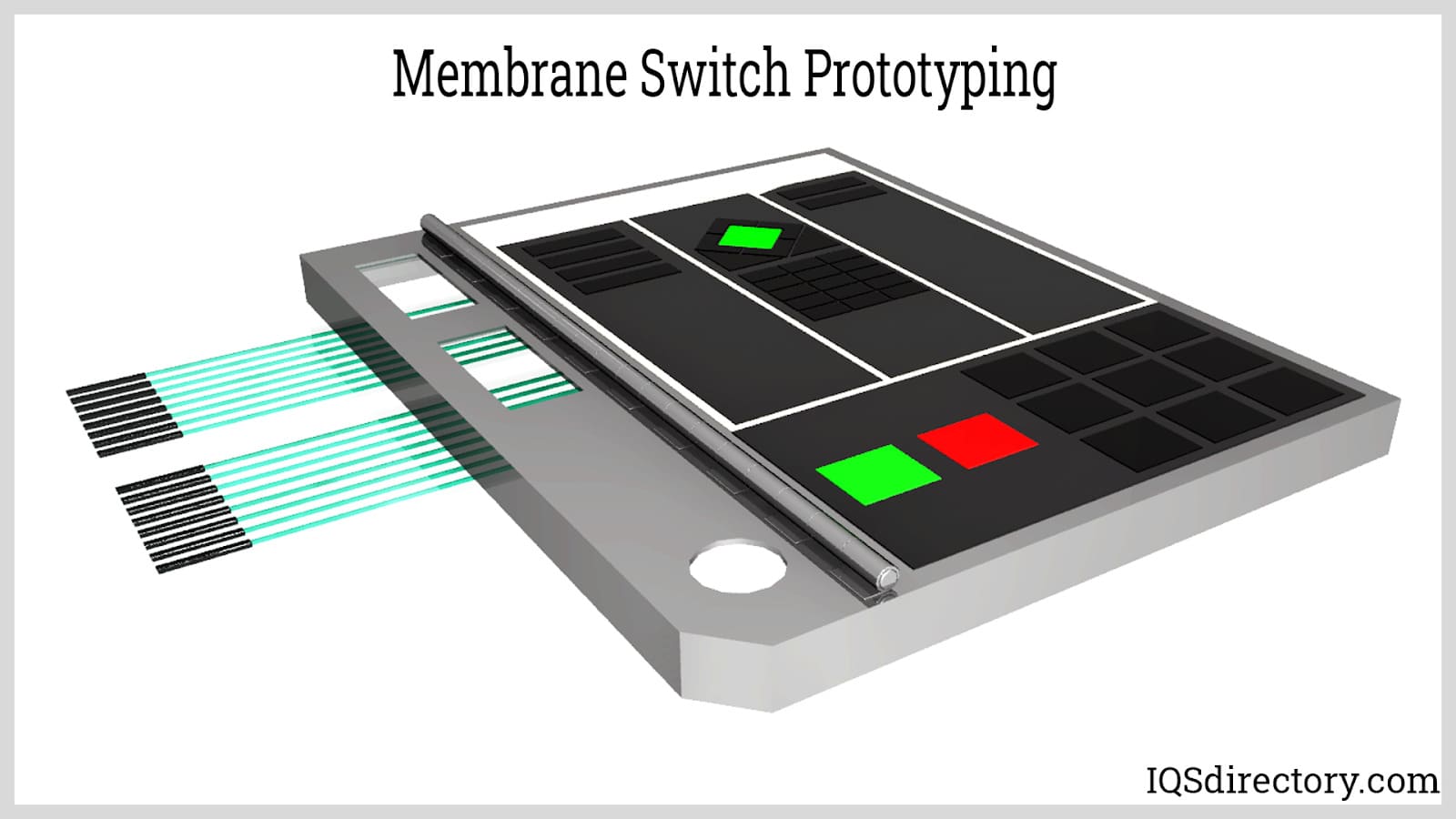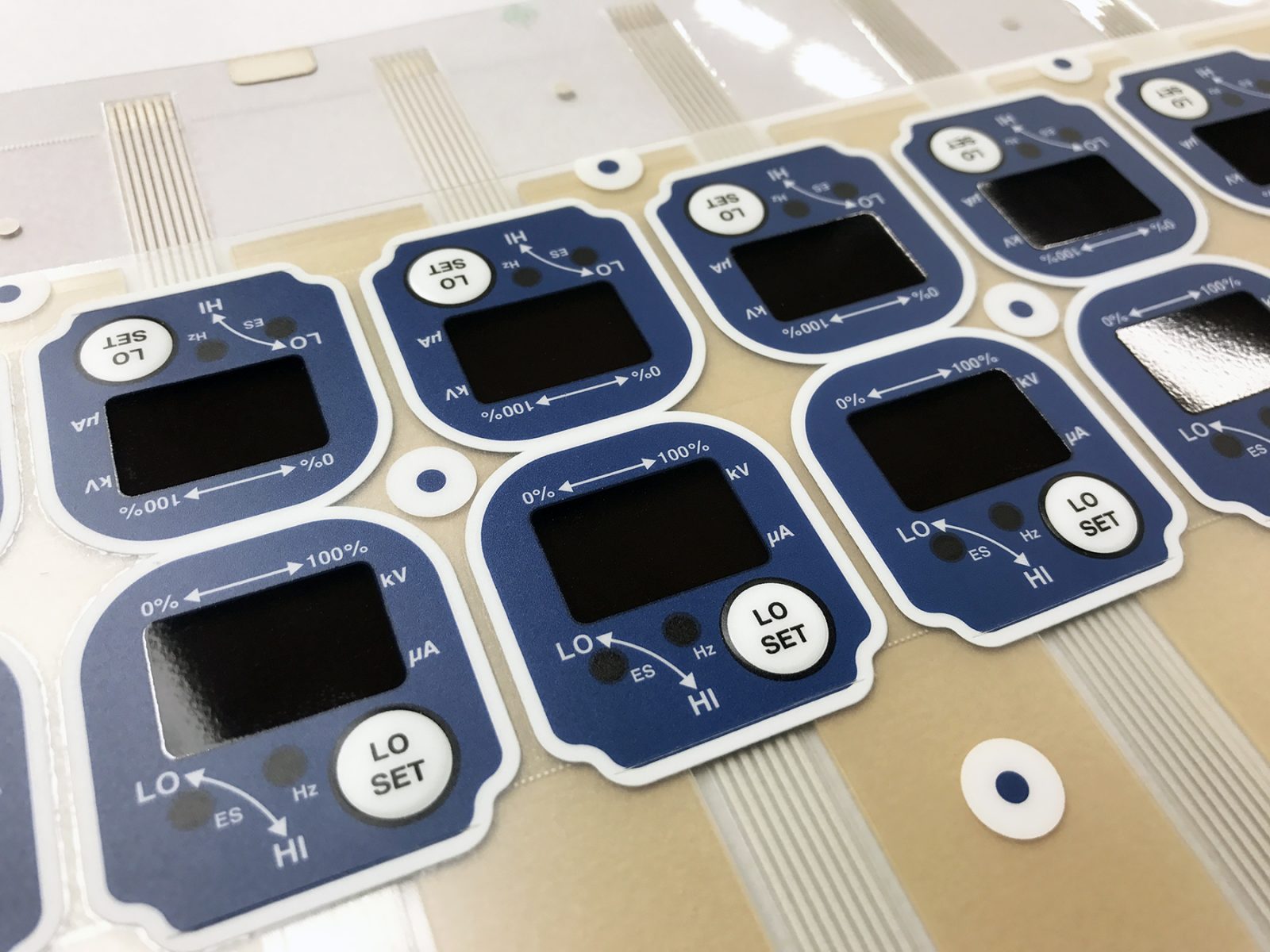The Role of a Membrane Switch in Modern Touch Interfaces and Controls
Wiki Article
Exactly How Membrane Switches Over Contribute to the Longevity of Electronic Control Panels
Membrane layer buttons play an essential duty in enhancing the resilience of digital control panels, mainly via their multi-layered construction which gives efficient protection against environmental variables such as wetness and dust. The absence of moving components dramatically reduces the probability of mechanical failures, making membrane switches over perfect for requiring applications.Definition of Membrane Buttons

Membrane layer buttons are made to be thin and lightweight, making them ideal for applications where space is limited. They can be produced in numerous shapes, sizes, and colors, using versatility in style that fulfills aesthetic and practical requirements. Additionally, membrane layer buttons can incorporate various technologies, such as tactile comments and LED indicators, improving customer experience.
As a result of their building, membrane buttons are often immune to dirt, dampness, and basic wear, adding to their durability popular atmospheres. Their smooth layout not just promotes simple cleaning yet additionally decreases the danger of mechanical failing, making them a preferred choice for producers seeking reputable customer interfaces in their digital control board.
Protection Against Ecological Variables
The style of membrane layer changes naturally provides a level of security versus numerous environmental aspects, which is vital for maintaining capability in tough problems - Membrane Switch. These switches are usually constructed with layers of flexible products that secure internal parts from dampness, dust, and pollutants. By enveloping the circuitry, membrane layer changes reduce the danger of brief circuits and rust, which can substantially harm performanceIn addition, the usage of durable adhesives and sealants throughout production enhances their resistance to ecological obstacles. Membrane switches can endure direct exposure to chemicals and solvents, making them suitable for sectors such as food processing and healthcare, where hygiene and tidiness are vital. Their smooth surface layout likewise protects against the build-up of dust and germs, helping with much easier cleaning and maintenance.
Temperature fluctuations are one more ecological issue, and membrane switches are engineered to operate efficiently throughout a large range of temperature levels (Membrane Switch). This adaptability makes sure that control panels remain operational in different setups, from commercial settings to consumer electronic devices
Influence On Individual Interaction
Individual interaction with electronic control panels is substantially affected by the style and functionality of membrane layer switches. These switches supply a tactile interface that enhances the general individual experience, enabling intuitive navigation and control. Their receptive nature makes certain that individuals get immediate feedback upon activation, which is crucial for jobs requiring precision and performance.Furthermore, the smooth surface area of membrane layer changes promotes very easy cleansing and upkeep, advertising customer self-confidence in the integrity of the interface. This sanitation is specifically crucial in settings where hygiene is critical, such as medical or food processing settings. Furthermore, the small and lightweight design of membrane switches over contributes to the visual allure of control board, urging user involvement with a modern-day and streamlined look.
Furthermore, the integration of aesthetic elements, such as printed icons and backlighting, assists users quickly recognize functions, decreasing the learning contour associated with brand-new equipment. Therefore, individuals can run devices better, bring about boosted productivity and complete satisfaction. In recap, membrane layer buttons play a pivotal function in boosting customer interaction by incorporating functionality, looks, and convenience of use, eventually leading to enhanced operational performance.
Style Flexibility and Personalization
Style adaptability and personalization are vital elements of membrane switches, enabling manufacturers to tailor electronic control board to certain applications and individual requirements. This flexibility allows for the assimilation of different design aspects, such as colors, graphics, and textures, which can enhance the visual charm and user engagement of the control panel.Membrane buttons can be personalized in shapes and size, fitting a broad array of gadgets and applications, from industrial machinery to customer electronics. This versatility makes sure that producers can develop instinctive user interfaces that line up with individual assumptions and operational requirements. Additionally, the capability to integrate special attributes such as backlighting or responsive feedback better improves usability, enabling a more interactive experience.
Additionally, the manufacturing procedure for membrane layer switches over sustains the quick prototyping of layouts, allowing makers to repeat and fine-tune their ideas promptly. This his explanation capacity not just speeds up the growth timeline yet likewise guarantees that the final item satisfies details functional and aesthetic requirements.

Cost-Effectiveness and Longevity
Cost-effectiveness and long life are considerable benefits of membrane buttons, making them an attractive option for suppliers and end-users alike. These switches are generally more economical to create than traditional mechanical buttons, largely because of their streamlined manufacturing procedures and the minimized variety of components required. This price benefit extends not just to preliminary production yet also to lasting operational expenditures, as membrane switches frequently require much less upkeep and have a reduced failing price.Furthermore, the durability of membrane switches over adds to their general worth. Built from resilient materials, they are resistant to environmental aspects such as wetness, dirt, and chemicals, which can cause premature wear in various other button types. The lack of relocating parts minimizes mechanical failure, permitting membrane switches over to maintain capability over expanded periods.
This toughness is especially beneficial in applications requiring regular efficiency under demanding conditions, such as medical devices and industrial devices. Inevitably, the mix of cost-effectiveness and long life makes membrane layer switches over an economically feasible option for suppliers, offering try these out trusted options that stand up to the examination of time while optimizing budgetary factors to consider.
Conclusion
In final thought, membrane layer buttons considerably improve the longevity of electronic control board via their durable building and safety attributes. By efficiently protecting circuitry from environmental hazards and decreasing the risk of mechanical failure, these buttons make sure constant performance in demanding applications. The smooth layout advertises hygiene and convenience of maintenance, while modification alternatives make it possible for customized remedies for various click over here requirements. In general, membrane switches stand for a trusted and economical choice for boosting the long life and capability of electronic control systems.
Report this wiki page